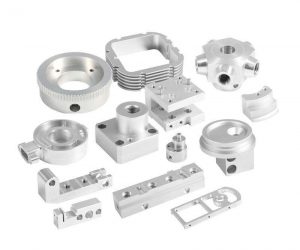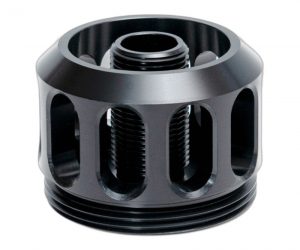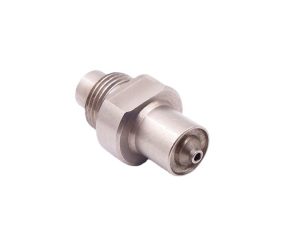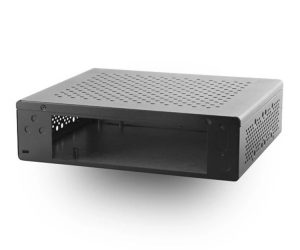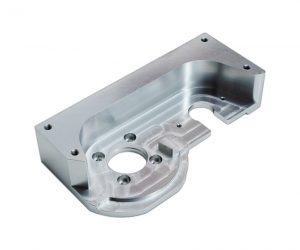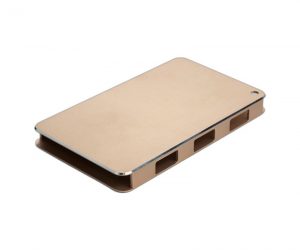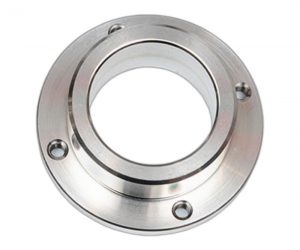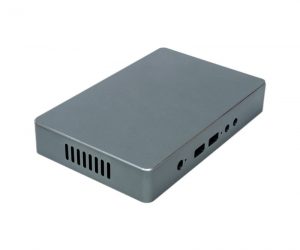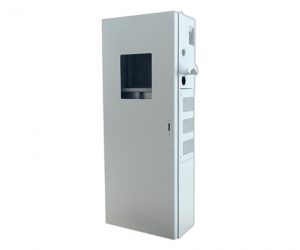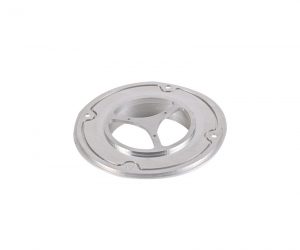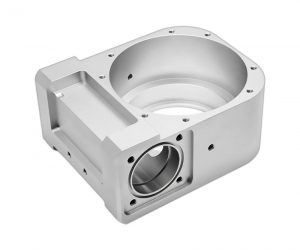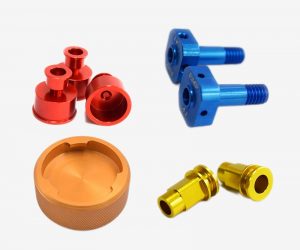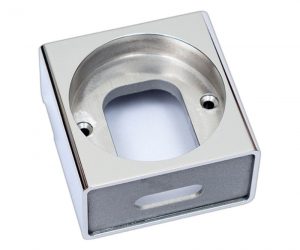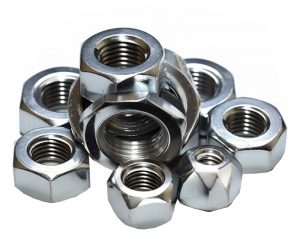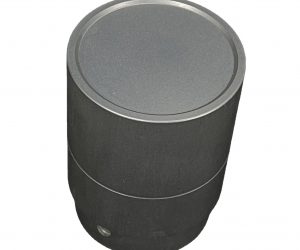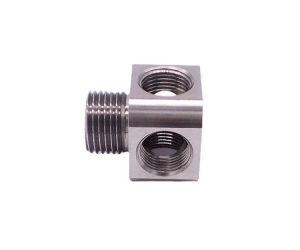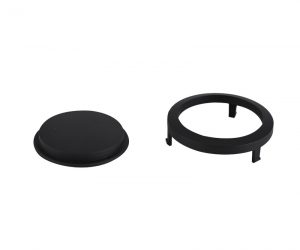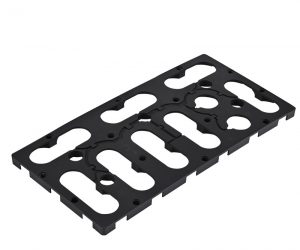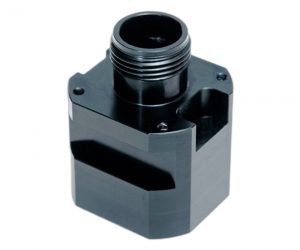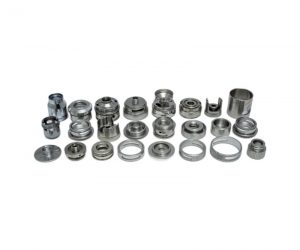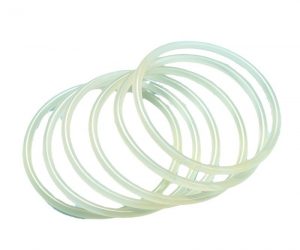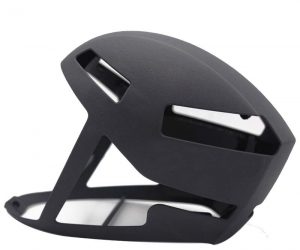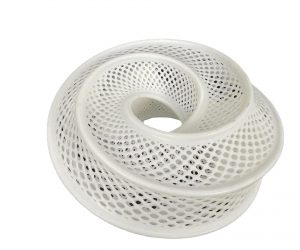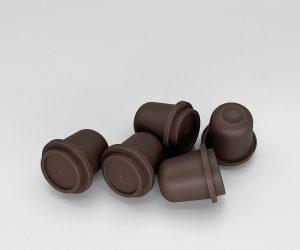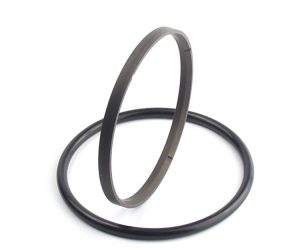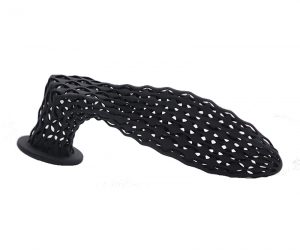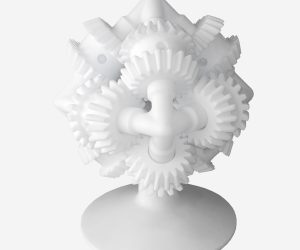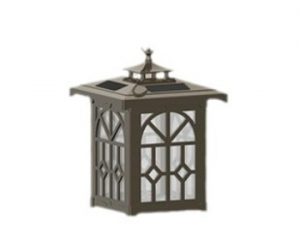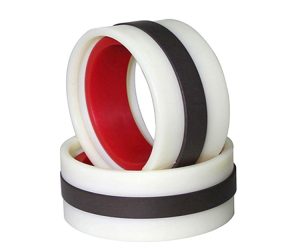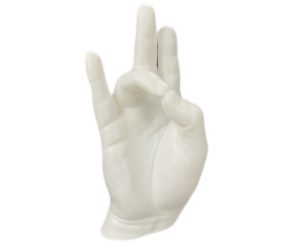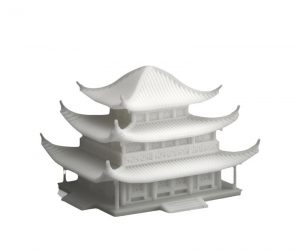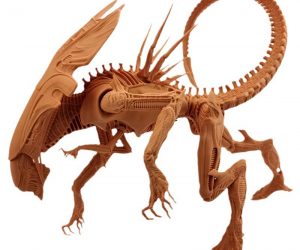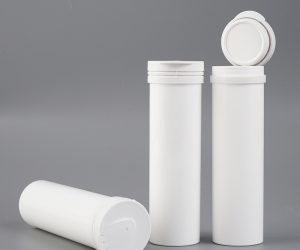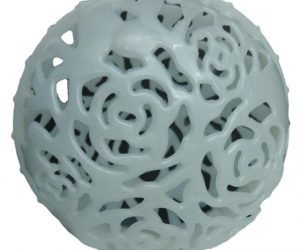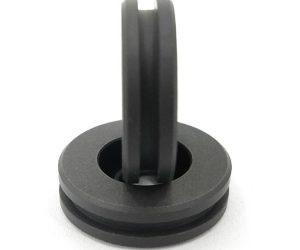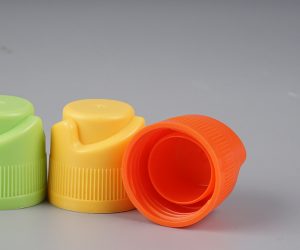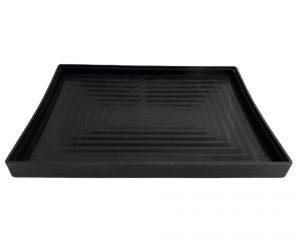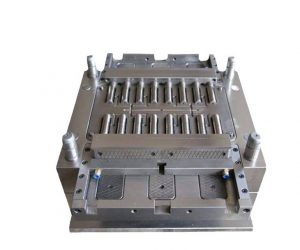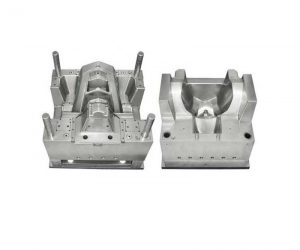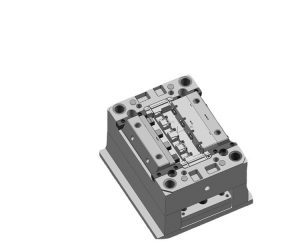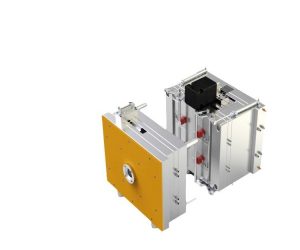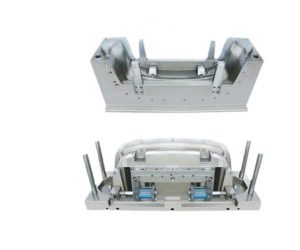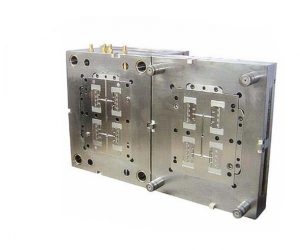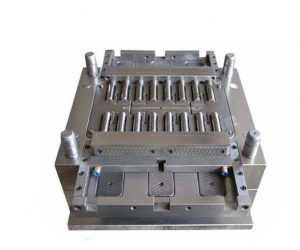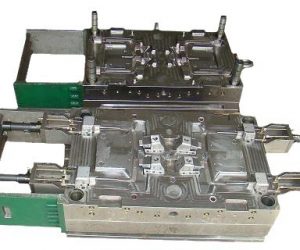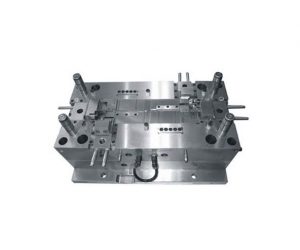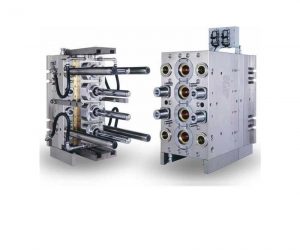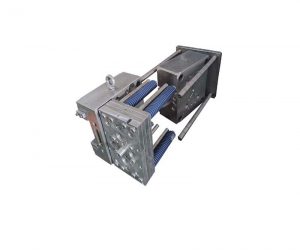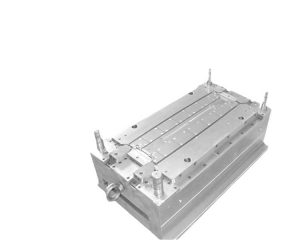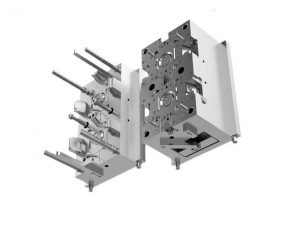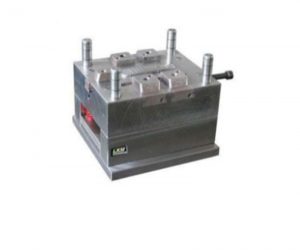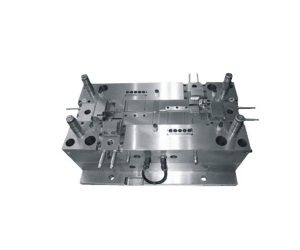3D printing is not simply reshaping manufacturing; it is creating a new, dynamic, and inherently unpredictable manufacturing ecosystem. The transformative potential of this technology is undeniable, but its trajectory is far from linear. The successful integration of 3D printing will require a complex interplay of technological innovation, strategic adaptation, and a proactive approach to addressing the potential challenges and risks associated with this transformative technology. The future of manufacturing is not a predetermined outcome, but rather a complex, emergent system whose evolution will be shaped by the choices made by businesses, governments, and individuals alike.
I. Additive Manufacturing's Paradigm Shift in Industrial Production
A. Beyond Prototyping: The Ascendance of 3D Printing in Manufacturing
The manufacturing sector is undergoing a profound metamorphosis, driven by the exponential advancements in additive manufacturing (AM), commonly known as 3D printing. No longer confined to the niche domains of rapid prototyping and hobbyist endeavors, AM technologies are rapidly becoming a cornerstone of industrial production, fundamentally altering design paradigms, production processes, and supply chain dynamics. This transformative shift transcends mere incremental improvements; it represents a paradigm shift, challenging the established norms of subtractive manufacturing and ushering in an era of unprecedented customization, efficiency, and decentralized production.
B. Unleashing Customization and Efficiency: A New Era of Manufacturing Agility
The core strength of AM lies in its capacity to fabricate complex, highly customized geometries with unparalleled speed and flexibility. By circumventing the limitations inherent in traditional subtractive methods, AM empowers manufacturers to realize designs previously deemed infeasible, accelerating product development cycles and delivering bespoke solutions tailored to individual customer needs. This transition towards on-demand, localized production promises to revolutionize entire industries, fostering significant cost reductions, minimizing lead times, and stimulating unprecedented levels of innovation. The implications extend beyond individual companies, impacting global supply chains and fostering a new era of manufacturing agility.
II. Technological Advancements Driving the AM Revolution
A. A Diverse Technological Landscape: Navigating the AM Ecosystem
The AM landscape is characterized by a diverse array of techniques, each possessing unique strengths, limitations, and application domains. From established methods like Fused Deposition Modeling (FDM) and Stereolithography (SLA), to the increasingly prevalent Selective Laser Melting (SLM), Selective Laser Sintering (SLS), and Digital Light Processing (DLP), the technological spectrum is constantly expanding. A comprehensive understanding of these diverse AM processes, encompassing material compatibility, resolution capabilities, and manufacturing scalability, is crucial for manufacturers seeking to optimize their AM strategies. The selection of an appropriate AM technology necessitates a thorough analysis of design complexity, material requirements, production volume, and cost considerations.
B. Material Science's Crucial Role: Expanding the AM Material Palette
Concurrent with the evolution of AM techniques, significant breakthroughs in materials science have broadened the range of printable materials dramatically. The initial limitations to basic thermoplastics and photopolymers have been superseded by the availability of high-performance polymers, advanced alloys, ceramics, composites, and biocompatible materials. This expanded material palette unlocks unprecedented design freedom and enables the fabrication of parts with enhanced mechanical properties, thermal stability, and biocompatibility, opening new avenues in diverse sectors, including aerospace, biomedical engineering, and automotive manufacturing. Ongoing research into novel materials and material processing techniques continues to drive the expansion of the AM material spectrum.
C. The Algorithmic Underpinnings of AM: Software's Integral Role
The efficacy of AM in industrial settings is inextricably linked to the sophisticated software systems that govern the entire manufacturing process. From Computer-Aided Design (CAD) modeling and slicing algorithms to process parameter optimization and real-time monitoring, specialized software solutions are indispensable for maximizing AM productivity and ensuring consistent part quality. The integration of advanced simulation tools, predictive analytics, and artificial intelligence (AI) further enhances the efficiency and precision of AM workflows. The ongoing development of sophisticated software platforms is pivotal in unlocking the full potential of AM technologies and driving their widespread adoption across various industrial sectors. The convergence of hardware and software advancements is essential for the continued maturation of AM as a dominant manufacturing paradigm.
III. Advanced Applications of Additive Manufacturing in Industrial Production
A. Accelerated Prototyping and Iterative Design Validation: Additive manufacturing (AM) transcends rudimentary prototyping. Its capacity for rapid iteration facilitates sophisticated design validation, enabling concurrent engineering methodologies. This accelerates product development lifecycles, allowing for the incorporation of real-time feedback loops and the implementation of sophisticated design of experiments (DOE) strategies to optimize performance parameters within stringent operational constraints. The resultant reduction in time-to-market provides a significant competitive advantage, particularly within rapidly evolving technological landscapes.
B. Personalized End-Use Component Manufacturing and the Paradigm Shift in Mass Customization: AM's ability to produce customized end-use parts on-demand disrupts traditional manufacturing paradigms. The elimination of tooling costs and the inherent scalability of the technology facilitate mass customization, enabling the creation of highly individualized products tailored to specific customer needs and operational environments. This is particularly impactful in sectors demanding high levels of personalization, such as medical implants, aerospace components requiring intricate geometries, and high-value consumer goods. The implications extend to supply chain optimization through the decentralization of manufacturing and the reduction of inventory holding costs.
C. Functional Tooling and Fixture Generation: The application of AM extends beyond the production of end-products; it revolutionizes tooling and fixture creation. The ability to rapidly generate complex, customized tooling solutions significantly enhances manufacturing efficiency. This includes the production of highly specialized jigs and fixtures for assembly processes, bespoke tooling for intricate machining operations, and even the creation of self-healing or adaptive tooling systems. The resultant reduction in tooling lead times and the capacity for rapid adaptation to evolving production requirements represent a substantial improvement in manufacturing agility.
D. Decentralized, On-Demand Production and the Disruption of Traditional Supply Chains: AM fundamentally reshapes manufacturing by enabling decentralized, on-demand production. This paradigm shift disrupts traditional supply chain models, allowing for localized production, reduced transportation costs, and minimized environmental impact. The ability to strategically position manufacturing capabilities closer to end-users enhances responsiveness to market demands and reduces reliance on extensive inventory management systems. This distributed manufacturing model fosters resilience and adaptability within dynamic global supply chains.
IV. Strategic Advantages of Additive Manufacturing in Industrial Production
A. Optimized Cost Structures and Enhanced Operational Efficiency: AM offers significant cost advantages through the reduction of tooling costs, material waste minimization, and the elimination of large-scale production runs. This leads to optimized cost structures and enhanced operational efficiencies. Furthermore, the ability to produce parts on-demand minimizes inventory holding costs and reduces the risk of obsolescence. The integration of AM into existing manufacturing workflows requires careful analysis to fully realize these cost benefits, necessitating a comprehensive assessment of operational parameters and the potential for process automation.
B. Accelerated Product Lifecycles and Enhanced Time-to-Market: AM's inherent speed and flexibility significantly reduce lead times, accelerating product lifecycles and enabling faster time-to-market. This rapid prototyping and production capability provides a crucial competitive advantage, allowing for quicker responses to market demands and the ability to rapidly iterate on product designs based on real-world feedback. The implications for innovation and competitive positioning are substantial.
C. Unprecedented Design Freedom and Complex Geometry Realization: AM unlocks unprecedented design freedom, enabling the creation of intricate and complex geometries that are unattainable through traditional manufacturing methods. This allows for the production of lightweight, high-strength components with optimized performance characteristics. The implications extend to the development of entirely new product functionalities and the exploration of novel design paradigms.
D. Scalable and Decentralized Production Networks: AM facilitates the creation of scalable and decentralized production networks. This distributed manufacturing model enhances resilience, reduces reliance on centralized facilities, and allows for greater flexibility in response to fluctuating market demands. The ability to rapidly scale production up or down based on real-time needs represents a substantial improvement in manufacturing agility and adaptability.
VI. Challenges and Considerations in Additive Manufacturing: A Complex Systems Analysis
The seemingly straightforward advantages of additive manufacturing (AM) in industrial production belie a complex interplay of technological, economic, and regulatory factors. A holistic understanding necessitates a multi-faceted analysis beyond superficial observations.
A. Quality Assurance and Metrological Uncertainties:
Ensuring consistent part quality in AM presents a significant challenge. The inherent stochastic nature of many AM processes, coupled with material anisotropy and the influence of process parameters on microstructural evolution, introduces significant metrological uncertainties. Traditional quality control (QC) methodologies prove inadequate. Advanced techniques, including in-situ process monitoring using machine learning algorithms, high-resolution non-destructive evaluation (NDE), and digital twinning for predictive modeling, are crucial for mitigating these uncertainties and achieving the requisite levels of dimensional accuracy and repeatability across diverse AM platforms and material systems. Furthermore, the lack of universally accepted standardization protocols hinders interoperability and comparability of results across different AM facilities.
B. Technological Integration and Human Capital Development:
Successful AM integration demands a paradigm shift in manufacturing paradigms. This necessitates substantial investment in advanced training programs focused on not only AM operation but also on the broader implications for design for additive manufacturing (DfAM), process optimization, and data-driven decision-making. Furthermore, the integration of AM into existing workflows requires careful consideration of the implications for supply chain management, inventory control, and overall production scheduling. A robust digital infrastructure, encompassing data acquisition, processing, and analysis, is essential for effective process control and continuous improvement. Failure to adequately address these human capital and technological integration challenges will severely limit the potential of AM.
C. Material Science and Economic Viability:
While the spectrum of AM-compatible materials is expanding, limitations persist, particularly concerning material properties, cost, and scalability of production. The development of novel materials with tailored properties, optimized for specific AM processes, remains a critical research area. Furthermore, the economic viability of AM is contingent upon achieving cost parity with traditional manufacturing methods for high-volume production. This requires advancements in material synthesis, process optimization, and the development of efficient post-processing techniques to reduce waste and improve throughput. Life-cycle assessments, considering environmental impact and material recyclability, are also crucial for long-term sustainability.
D. Intellectual Property Rights and Regulatory Compliance:
The decentralized nature of AM introduces complex challenges related to intellectual property (IP) protection and regulatory compliance. The ease of digital design replication necessitates robust IP frameworks to safeguard against unauthorized reproduction and counterfeiting. Furthermore, the evolving regulatory landscape for AM necessitates proactive engagement with regulatory bodies to ensure compliance with safety and performance standards, particularly in safety-critical sectors such as aerospace, medical devices, and automotive. This requires the development of standardized testing protocols, certification procedures, and traceability mechanisms throughout the AM lifecycle.
VII. Emerging Applications and Transformative Impacts: A Prospective Analysis
A. Advanced Industrial Applications and Disruptive Technologies:
AM is rapidly transforming industrial manufacturing, enabling the production of complex geometries and lightweight structures previously unattainable through traditional methods. Beyond aerospace and automotive, applications are expanding into energy, tooling, and customized industrial components. The integration of AM with other advanced manufacturing technologies, such as robotics and AI-driven process optimization, promises further breakthroughs in efficiency and productivity. The development of closed-loop manufacturing systems, incorporating real-time process monitoring and feedback control, will significantly enhance the precision and reliability of AM processes.
B. Personalized Medicine and Regenerative Engineering:
In the biomedical sector, AM is revolutionizing personalized medicine and regenerative engineering. The ability to create patient-specific implants, prosthetics, and drug delivery systems is transforming healthcare. Bioprinting, a subset of AM, holds immense potential for tissue engineering and organ regeneration. However, biocompatibility, sterility, and regulatory hurdles remain significant challenges requiring further research and development.
C. Architectural and Construction Revolution:
AM is poised to revolutionize the construction industry, enabling the rapid fabrication of complex building components and structures. The potential for on-site construction, using mobile AM systems, offers significant advantages in terms of speed, cost, and sustainability. However, scaling up AM for large-scale construction projects requires addressing challenges related to material selection, structural integrity, and environmental impact.
D. Mass Customization and On-Demand Manufacturing:
AM facilitates mass customization, allowing for the production of highly personalized products tailored to individual customer needs. This paradigm shift is transforming consumer product design and manufacturing, enabling on-demand production and reducing inventory costs. However, the economic viability of mass customization using AM requires careful consideration of production costs, logistics, and supply chain management.
VII. Future Prospects and Developments: A Non-Linear Trajectory
A. Convergent Technologies and Material Science Frontiers:
The 3D printing paradigm is not merely evolving; it's undergoing a complex, multi-faceted transformation driven by the convergence of several technological vectors. Multi-material printing, while promising, faces significant challenges in material compatibility and process control. In-situ monitoring, reliant on increasingly sophisticated sensor integration and real-time data analytics, necessitates the development of robust, high-fidelity feedback loops capable of dynamically adjusting print parameters. The integration of AI/ML, while theoretically capable of optimizing print processes and predicting failure modes, introduces complexities related to data acquisition, algorithm robustness, and the potential for unpredictable emergent behavior. Furthermore, the development of novel materials is not simply a matter of incremental improvement; it requires breakthroughs in material science, encompassing the design of high-performance polymers with tailored properties, the creation of biocompatible and biodegradable materials, and the exploration of metamaterials with unprecedented functionalities. The unpredictable nature of material science research means that the timeline for these advancements remains inherently uncertain.
B. Disruptive Innovation and the Re-architecting of Industrial Landscapes:
The impact of 3D printing on traditional industries is not a gradual shift but a potential paradigm rupture. The accessibility and affordability of 3D printing technology, while increasing, are still subject to significant variations depending on the scale and complexity of the application. The transition from centralized mass production to distributed, on-demand manufacturing is fraught with logistical and economic challenges, including the need for robust supply chain re-engineering, workforce retraining, and the potential for uneven technological adoption across different industrial sectors. The empowerment of smaller businesses, while a positive outcome, may also lead to increased market fragmentation and heightened competition, potentially destabilizing established market structures.
C. Hyperlocal Manufacturing and the Decentralization of Production:
The emergence of hyperlocal manufacturing, driven by 3D printing, is not simply a geographical shift but a fundamental rethinking of the relationship between production and consumption. While reduced lead times and transportation costs are significant benefits, the potential for localized resource depletion, increased energy consumption (depending on the energy source), and the management of localized waste streams require careful consideration. The resilience of such decentralized systems to supply chain disruptions is contingent upon the robustness of local infrastructure and the ability to adapt to unforeseen events. The long-term viability of this model depends on a complex interplay of technological, economic, and socio-political factors.
D. Sustainability and the Environmental Footprint of Additive Manufacturing:
The environmental impact of 3D printing is not a binary issue of positive or negative consequences. While on-demand production and reduced material waste offer potential environmental benefits, the energy consumption associated with the printing process, the lifecycle assessment of the materials used, and the challenges associated with end-of-life management of 3D-printed parts require rigorous analysis. The development of truly sustainable 3D printing necessitates a holistic approach, encompassing material selection, energy efficiency, waste reduction, and the development of effective recycling and reuse strategies. The environmental impact will vary significantly based on the specific application and the choices made throughout the entire lifecycle of the printed product.
Preguntas frecuentes
1. What are the key advantages of 3D printing in manufacturing?
The main benefits of using 3D printing in manufacturing are:
It saves money and makes things more efficient. By cutting down on the need for old-fashioned tools, molds, and mass production, companies can save a lot of cash and work smoother.
It speeds up the process from start to market. With 3D printing, businesses can quickly make prototypes, make changes, and produce items as needed, getting new products out there faster.
It lets designers be super creative. This technology opens up endless possibilities for designing complex, one-of-a-kind parts and products.
It makes production more flexible and spread out. 3D printing supports a way of making things where factories can be anywhere, responding better to demand and adjusting production easily.

